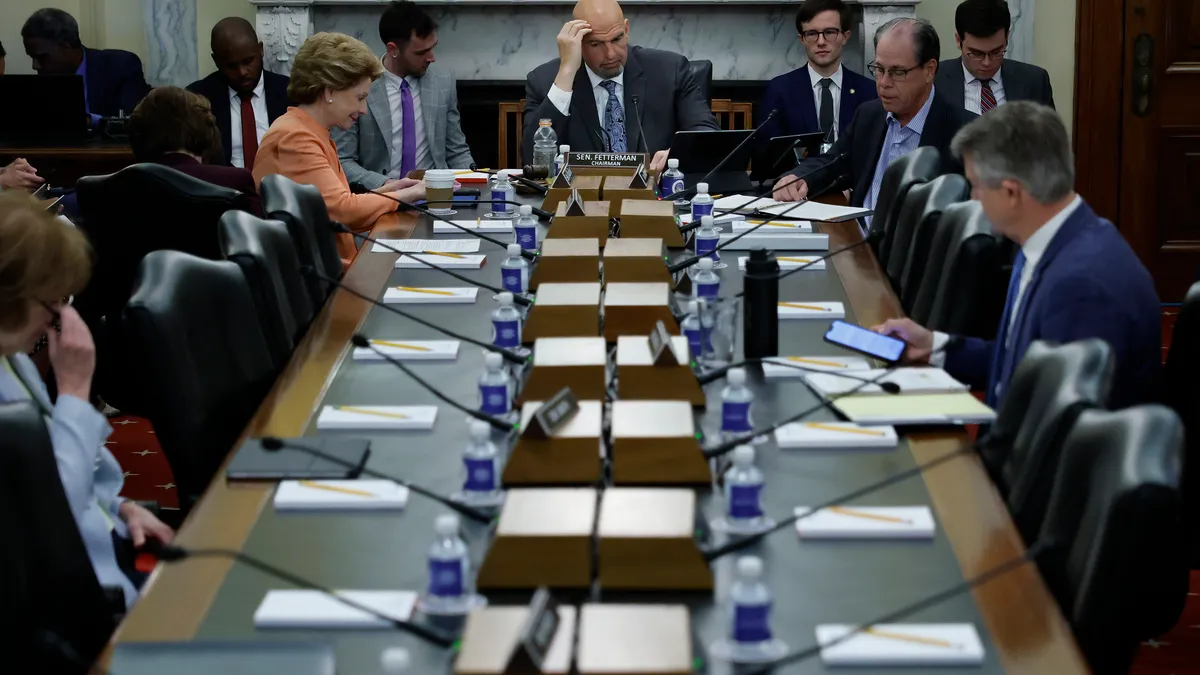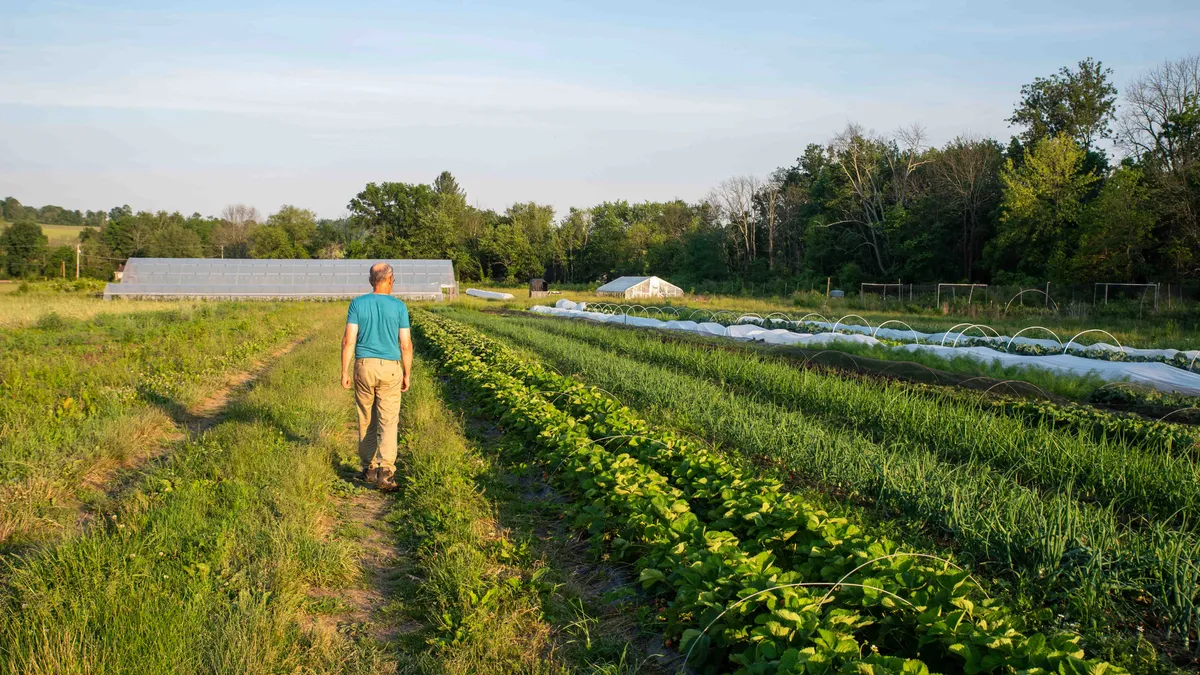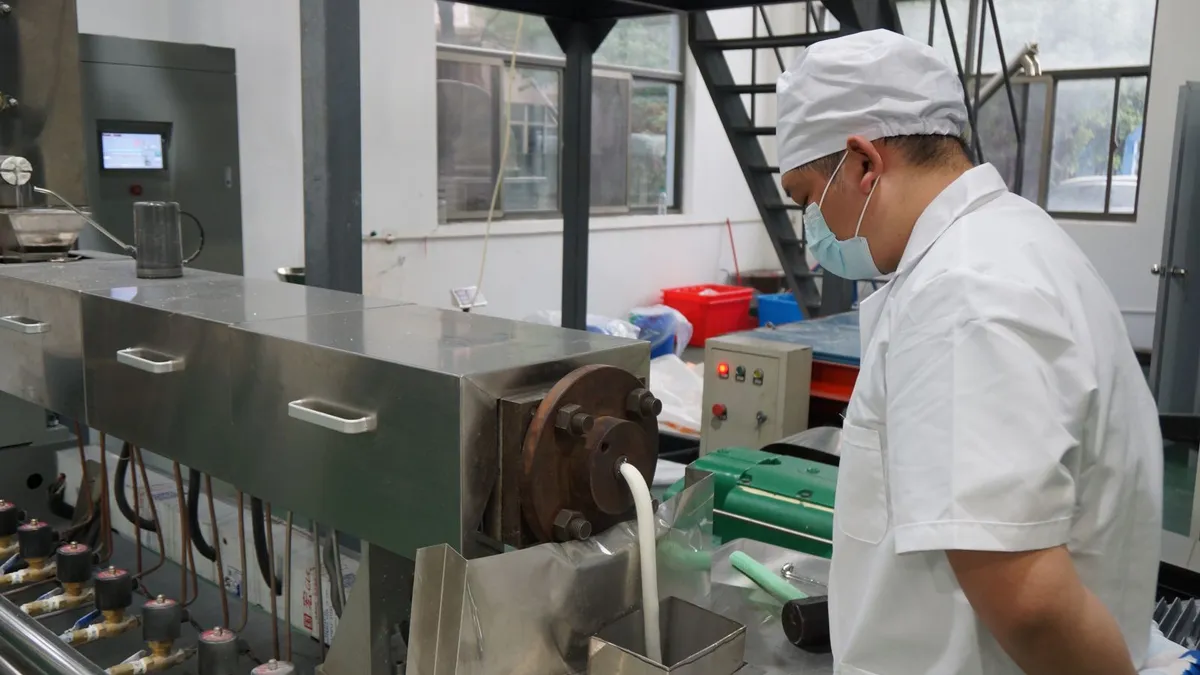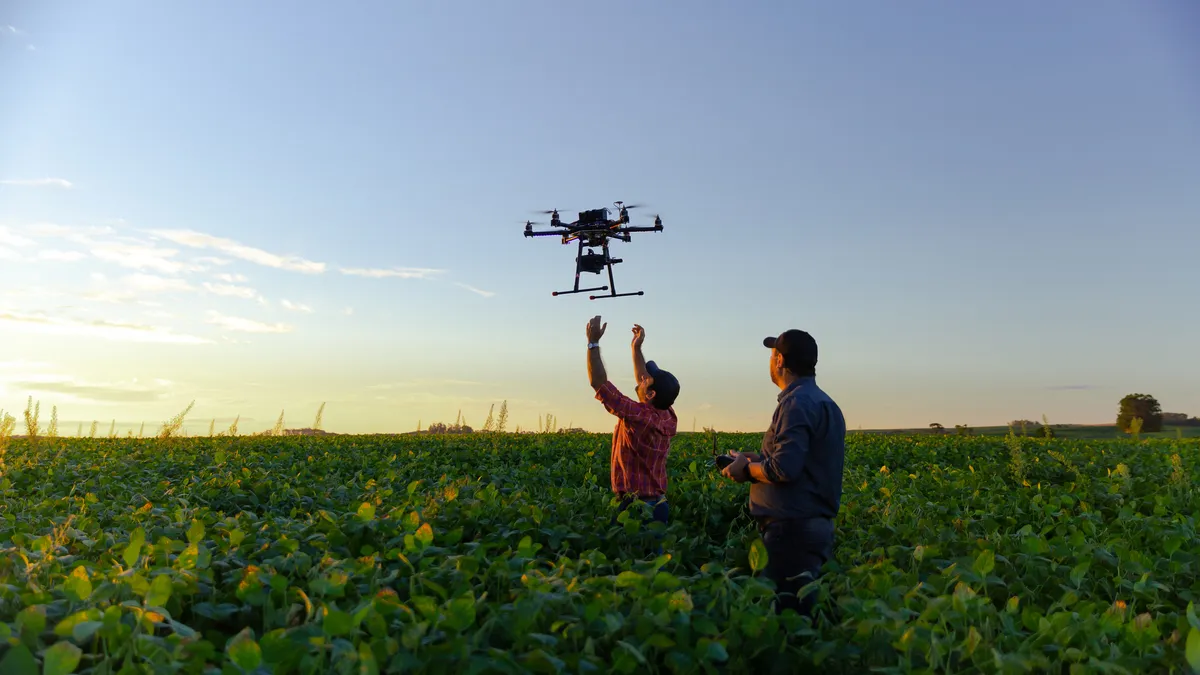Deep political divides over the nation's food assistance program will be on center stage as lawmakers return to Washington, and the fight threatens to hold up some of the consequential legislation for the agriculture industry.
Congress is staring down a Sept. 30 deadline for the 2023 Farm Bill and for spending measures to keep the government running. With the House back in session, averting a shutdown remains top priority — making it all the more unlikely a farm bill will get passed on time.
The expiration of a farm bill, which wouldn't truly be felt until the beginning of next year, could eventually wreak havoc on food prices and disrupt programs supporting farmers and ranchers. Since food assistance benefits under the Supplemental Nutrition Assistance Program could continue to operate even without a farm bill or a budget deal, the agriculture sector would likely be more vulnerable to the impacts of a failure to reach an agreement.
"Any of the programs that are [in the farm bill], as they were written in 2018 are gone," said Roman Keeney, associate professor at Purdue University's Center for Food and Agriculture Business. "Farmers bear the cost in terms of the uncertainty of not seeing a farm bill able to be passed."
Shutdown threat complicates farm bill passage
Approved every five years, the farm bill touches on just about every aspect of the food system, authorizing programs related to commodity insurance, conservation, nutrition, trade and rural development. It also governs SNAP, formerly known as food stamps, which is expected to comprise more than 80% of spending in this year's bill and total more than $1.2 trillion over the next 10 years.
That high price tag has caught the attention of the House Freedom Caucus, which has demanded deep cuts across virtually all government programs. In addition to the farm bill, far-right Republicans have also targeted changes to food assistance programs as part of ongoing budget negotiations.

With both the farm bill and government spending measures expiring at the end of the month, a deal on either won't be easy — especially as the prospect of a government shutdown appears increasingly likely. Freedom Caucus members, who hold a five-member majority in the House, have committed to opposing any stopgap measures to keep the government running unless certain demands are met on a variety of issues ranging from immigration to defense.
A prolonged budget fight could last months and prevent Congress from getting work done on the farm bill. Even if a short term funding agreement is reached in the next two weeks, it would set up yet another budget showdown in December.
At a listening session in western New York last week, House Agriculture Chairman Glenn Thompson conceded that the "greatest challenge we now face is time" when it comes to getting a farm bill passed.
The Pennsylvania Republican said the committee is intensifying outreach efforts to rally support among lawmakers, noting the farm bill makes up less than 2% of total government spending.
"There is no greater return on investment anywhere in Washington than the farm bill," Thompson said.
What happens when the farm bill expires
A farm bill expiration could push food prices sky-high for commodities like milk, wheat and cotton. Funding for commodity support programs run on crop years, so individual industries would experience disruptions at different times, starting with the dairy sector on Dec. 31.
Once those programs expire, the U.S. Department of Agriculture would be on the hook to pay out commodity support as governed by the 1938 and 1949 farm bills, which could vastly increase overall food prices and significantly strain the federal budget.
In the dairy industry for example, a farm bill expiration would require the USDA to purchase enough dairy products to raise the farm price of milk to the desired support level. A report from the Congressional Research Service calculated that mandated purchase prices for milk would be $50.70 per hundredweight using data from May 2023, more than 2.5 times the current market price.
Commodity support would skyrocket if the farm bill expired
While commodities such as wheat, rice, cotton, and corn would get higher payments, other crops not mentioned in the 1938 and 1949 laws — such as soybeans, peanuts and sugar — would lose support.
Beyond commodity support payments, conservation programs may also lose the ability to operate. SNAP, however, would continue to run even without a farm bill or a budget deal.
SNAP is authorized by the 2008 Food and Nutrition Act, said David Super, a professor at Georgetown University Law Center who studies the federal budget and public welfare laws. Certain pilot projects under SNAP may expire, but the basic program "doesn't just go away" no matter what happens with the federal budget or the farm bill.
"The law says assessment shall be provided to all eligible households that apply," said Super. "It doesn't say 'as long as we have a farm bill' or 'as long as we have appropriations,' it just says 'pay benefits.'"
That position was reinforced by a 2020 Supreme Court decision, which ruled that Congress still had an obligation to pay risk corridor payments under the Affordable Healthcare Act even in the absence of explicit appropriations language.
SNAP's ability to continue has allowed nutrition advocates to stave off attempts to cut food assistance, including during the 2018 and 2014 farm bills. And after Congress included expanded SNAP work requirements in the deal to raise the debt ceiling earlier this year, advocates are prepared for a fight.
"When we hear that there may be some negative things on the farm bill, we pretty strongly put our foot on the ground and say 'it's better no farm bill than a bad bill,'" said Gina Plata-Nino, SNAP deputy director for the Food Research & Action Center.
Will lawmakers play it safe?
With budget discussions consuming all the oxygen in Congress, many worry lawmakers may play it safe with the farm bill and propose legislation that looks very similar to 2018. Agriculture leaders have said that there will be very little additional funding to work with, which could make it harder to push through any major initiatives.
"I think that the budget challenges for this Farm Bill mean it's highly unlikely there's many major changes in this bill," said Jonathan Coppess, associate professor at the University of Illinois Urbana-Champaign and director of the Gardner Agriculture Policy Program.
Lawmakers are looking at opportunities with what they have, Thompson told farmers in New York last week, noting there's "no really new dollars."
"It's about finding dollars that are appropriated but …. spent ineffectively," he said. "All my exercise now is lifting rocks in Washington looking for money underneath the different programs."
Leaders have signaled that they could be more willing to make changes that don't require new funding. This year's bill, for example, will likely address the pork industry's interstate commerce concerns over California and other states' animal housing laws.
Nutrition advocates, meanwhile, are pushing for strong support for SNAP without the addition of additional work requirements or other barriers to entry. Food assistance supports farmer profits, with the USDA finding in 2019 that an increase of $1 billion for SNAP would generate $32 million and the equivalent of 480 full-time jobs for the agriculture industry.
"SNAP is a pass through where money goes directly into the local economy and straight into the food system," said Plata-Nino. "Doing anything harmful to SNAP will have an effect on all of us in the long term, because we're all affected."



















